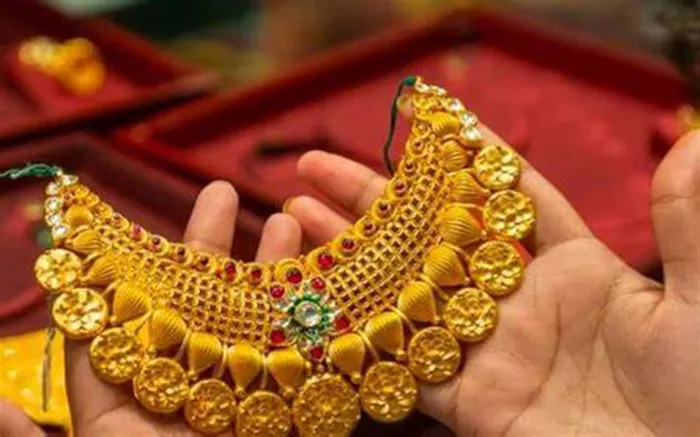A routine shortcut turned into an extraordinary discovery when two anonymous hikers stumbled upon a mysterious stash of gold buried in the Krkonoše Mountains of northeastern Czech Republic. Tucked inside an aluminum box wedged into a rocky slope, the hoard included ten gold bracelets, 17 cigar cases, a powder compact, a comb, and a remarkable 598 gold coins—weighing a total of 3.7 kilograms (8.16 pounds) and valued at around 8 million Czech koruna, or approximately $360,000.
The discovery was promptly reported to the Museum of Eastern Bohemia in Hradec Králové, where experts are now working to unravel the origins of the cache. According to Miroslav Novák, head of the museum’s archaeological department, “The finders came to our museum’s numismatist without a prior appointment. Only after that did archaeologists begin to deal with the find and explore the site.”
A Puzzle Buried in Time
Initial investigations suggest the treasure is no more than a century old. The most recent coin bears the date 1921, placing the stash in the turbulent interwar period or possibly around World War II.
“There are two main theories,” Novák said. “It could be tied to the exodus of Czech and Jewish populations before WWII, or to 1945, when ethnic Germans were fleeing the region.”
Yet historian Mary Heimann, a Czechoslovakia expert at the University of Cardiff, leans toward an earlier date. “The 1920s were marked by financial crisis and instability following World War I,” she noted. “Someone might have buried this gold during those uncertain times.” Heimann also pointed to the absence of any coins newer than 1921, which challenges the 1945 theory.
An International Mix of Coins
Adding to the mystery, none of the coins are of Czech or German origin. “Half are from the Balkans, the rest from France,” said Novák. “Central European coins are entirely missing, despite the find’s location near the historic Czech-German ethnic border.”
This unusual composition suggests the hoard’s journey was far from straightforward. According to the museum’s numismatist Vojtěch Brádle, some coins bear Yugoslav countermarks issued in the 1920s or 1930s—further supporting a Balkan connection. “These pieces didn’t travel directly to Bohemia,” he said, “and we know of no similar Czech discovery containing such coins.”
Theories and Local Legends
The find has sparked intense local speculation. Some residents believe the treasure belonged to noble families such as the Swéerts-Špork dynasty, once owners of the grand Kuks estate. Others suggest it might be war booty from Czechoslovak legionnaires returning from foreign campaigns.
Novák says the museum has received “various local rumors,” which may aid researchers in solving the mystery. Similar discoveries are rare in the region, though a 12th-century silver hoard was unearthed just nine kilometers away a decade ago.
What Comes Next
The treasure is now undergoing further material and historical analysis, with two of the cigar cases still sealed. The full value—both historical and material—is yet to be determined. A public exhibition is planned for the fall, offering visitors a chance to view the rare find before it joins the museum’s permanent collection.
As for ownership, Czech law stipulates that archaeological finds belong to the regional government upon discovery. The hikers, however, won’t go unrewarded. “The finder is entitled to a financial reward,” said Novák, “based on either the metal’s value or the historical significance of the discovery.”
Related topics:
- India Surpasses China in Gold Purchases, Buying 51% More in Three Months
- Qilu Bank Enhances Support for Small Businesses with Innovative Financial Tools
- Bitcoin Poised for a Surge Amid Gold’s Delivery Delays, Expert Claims


